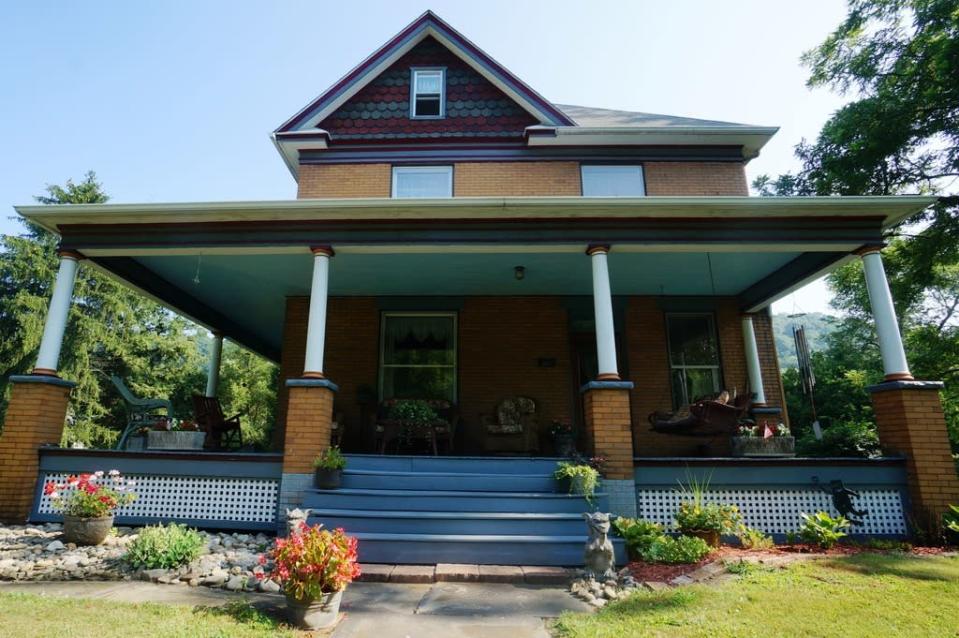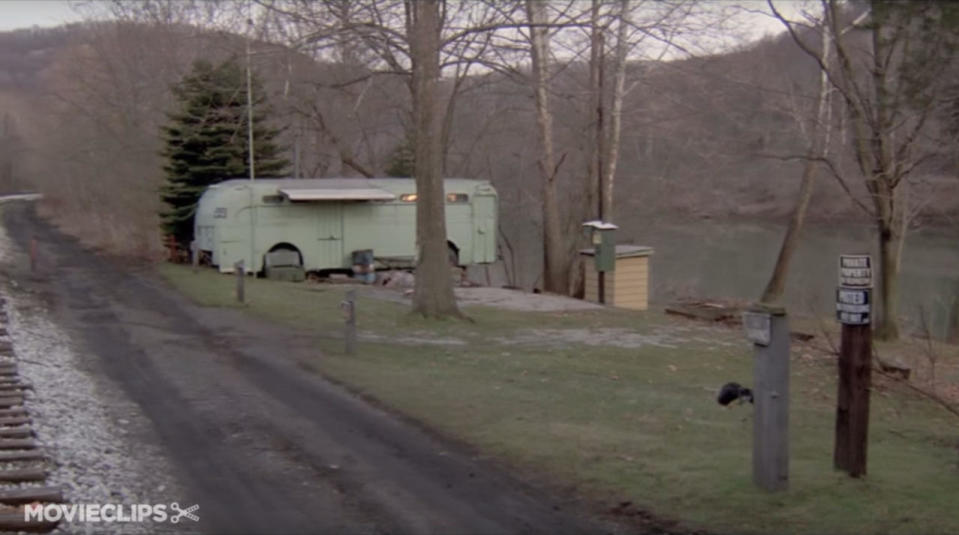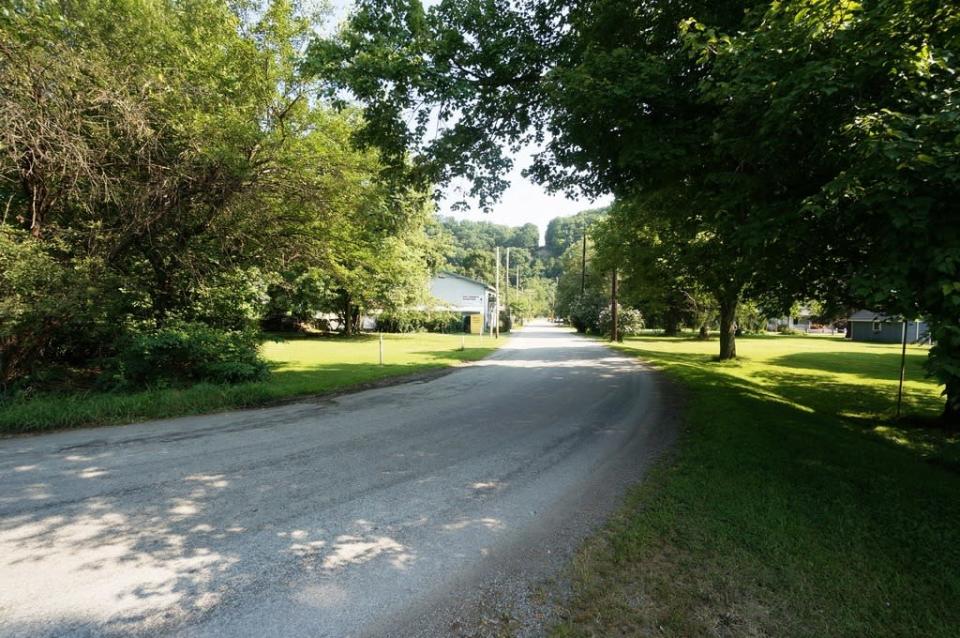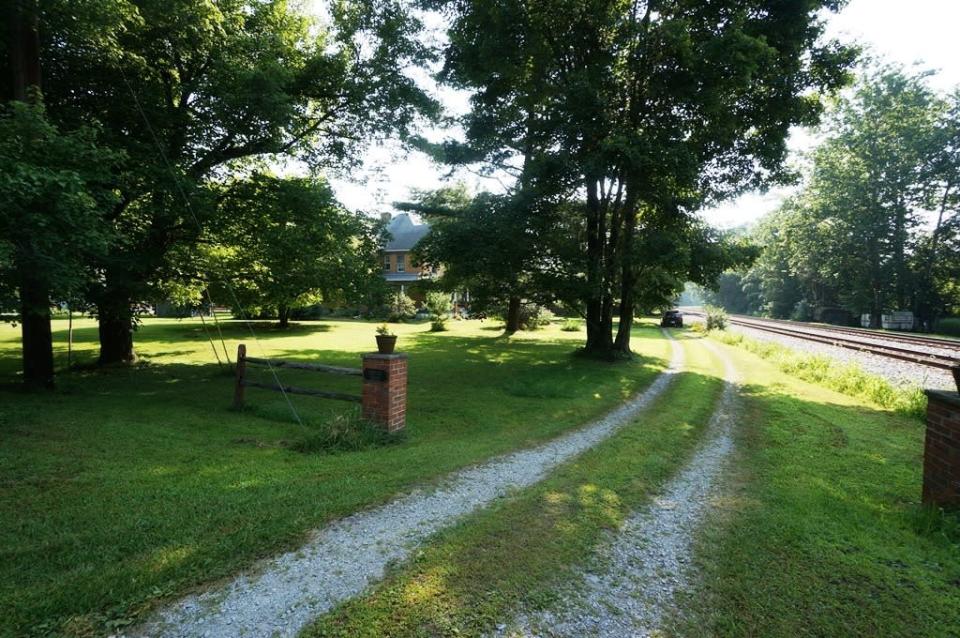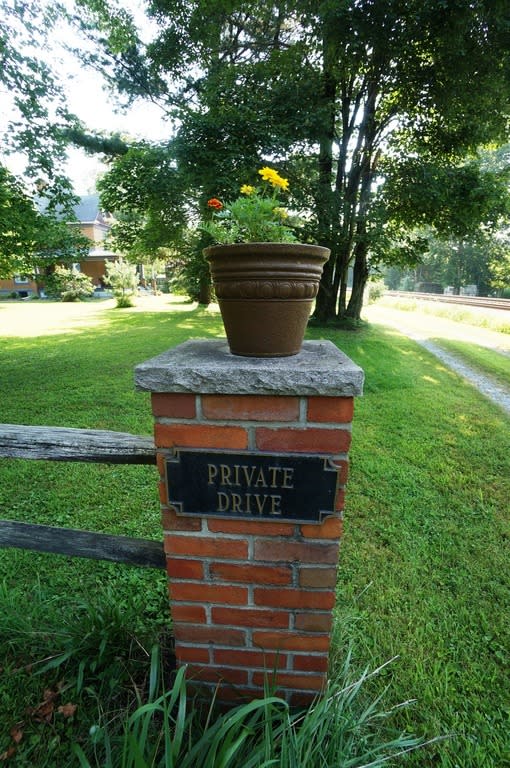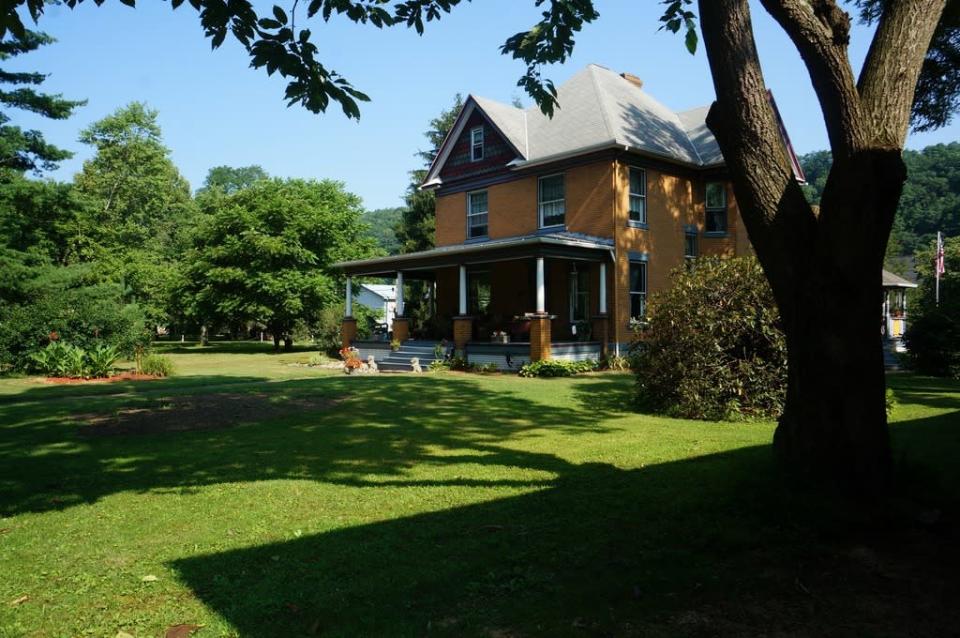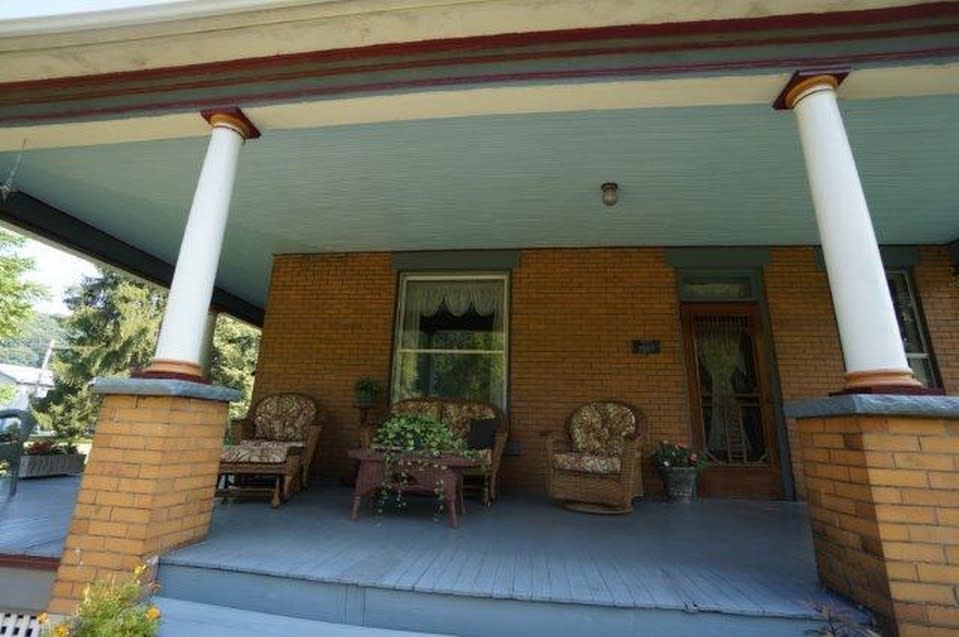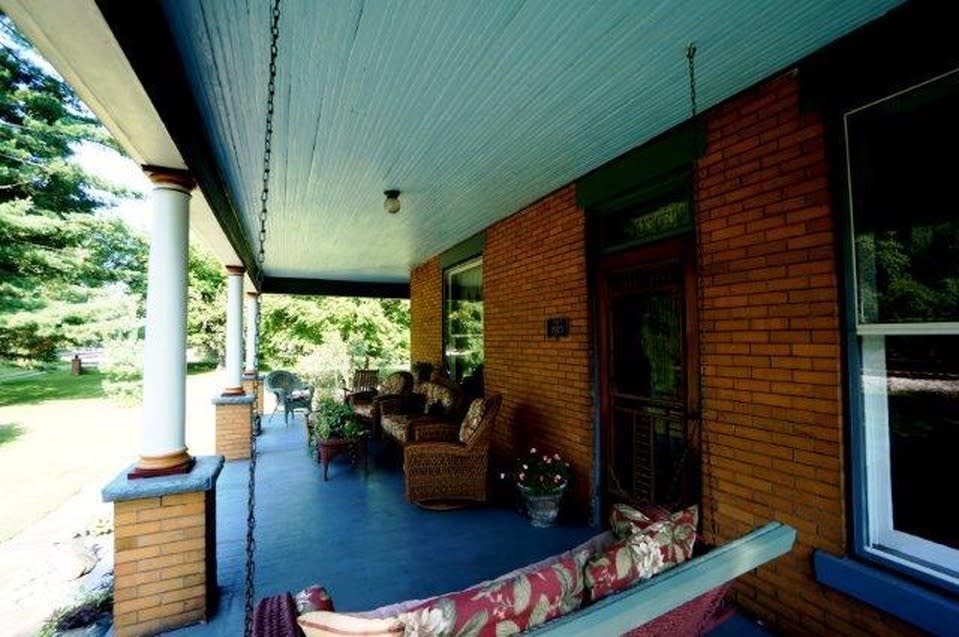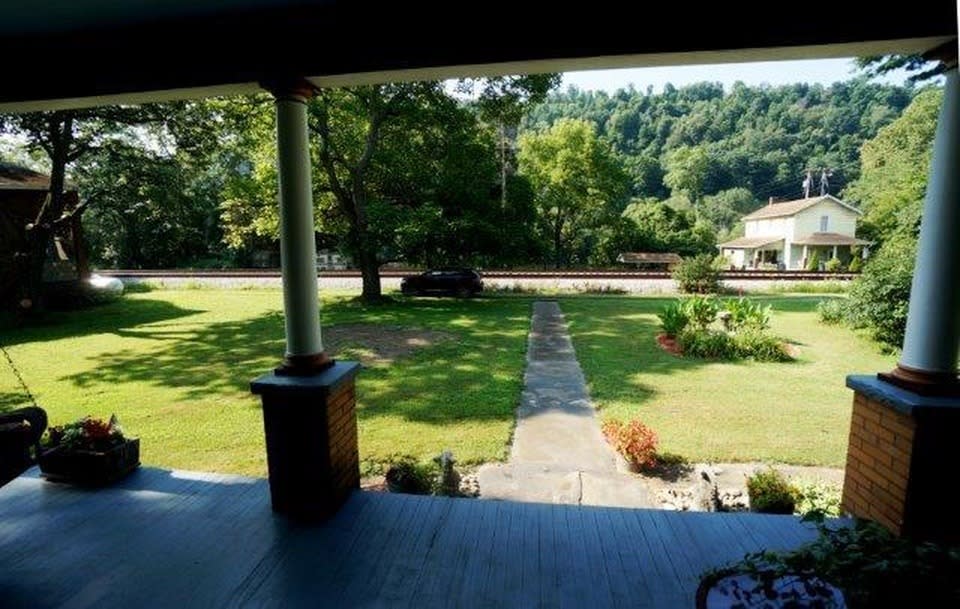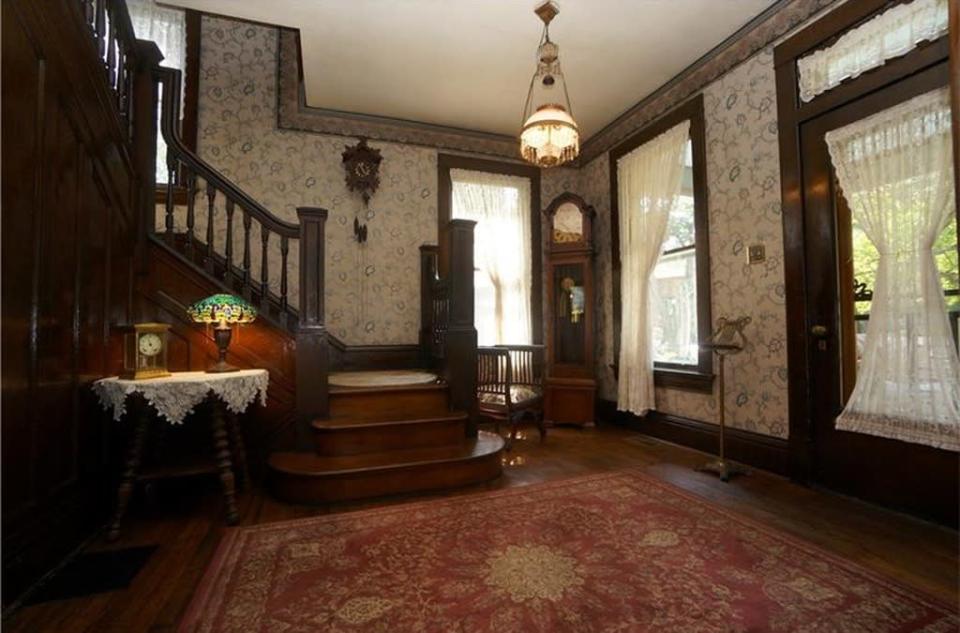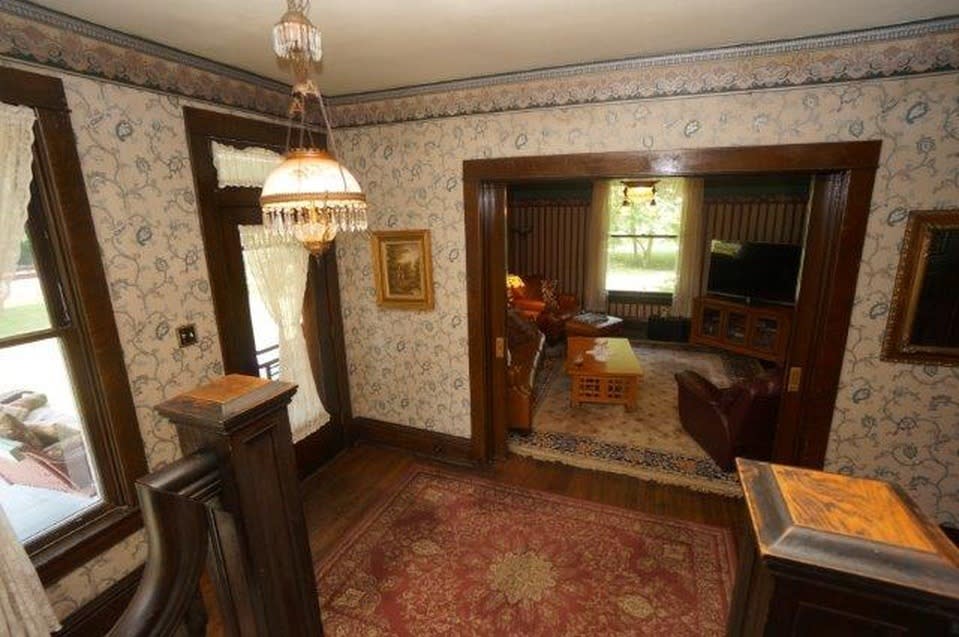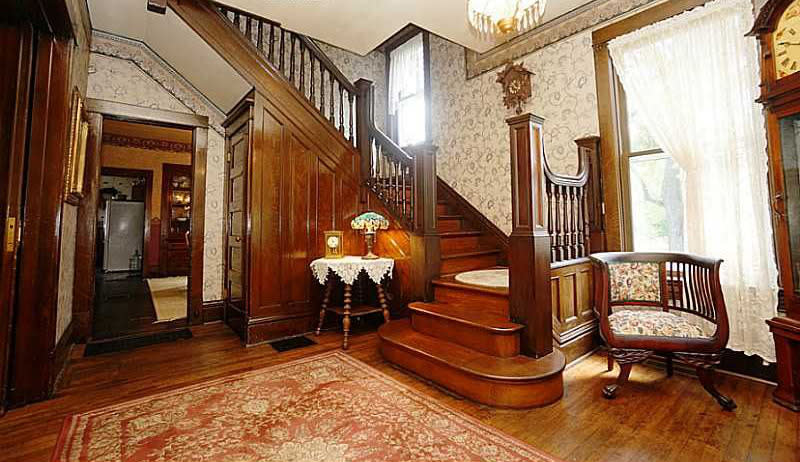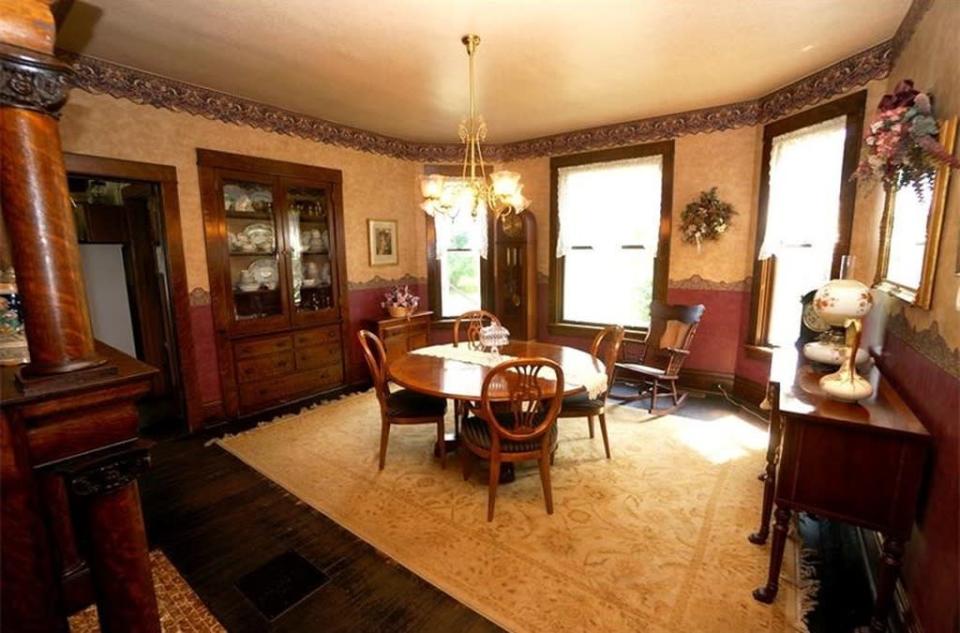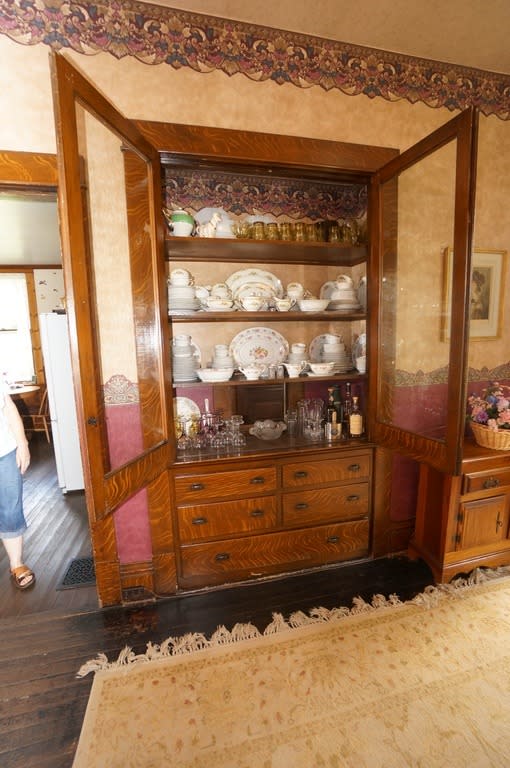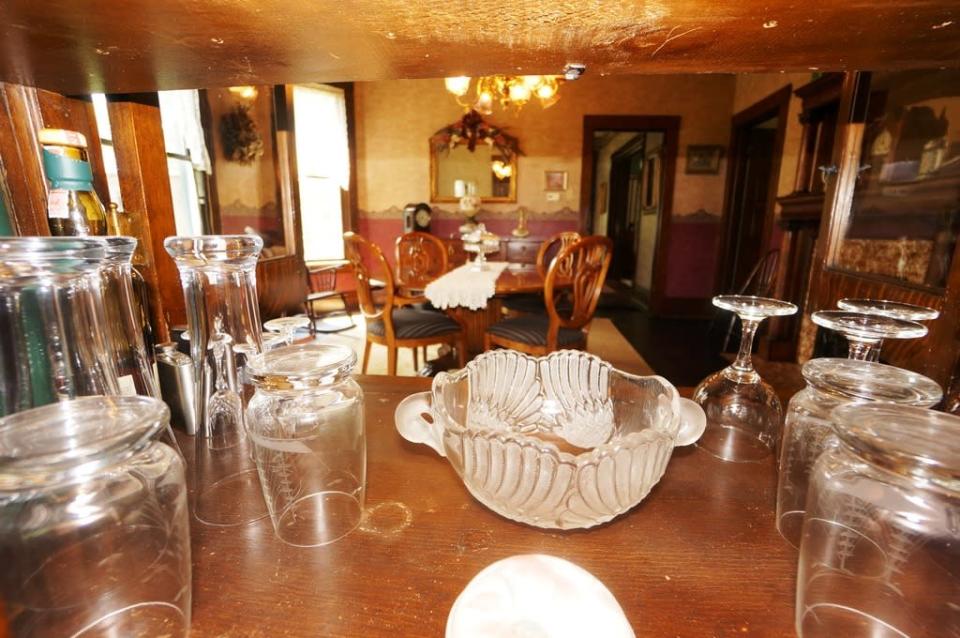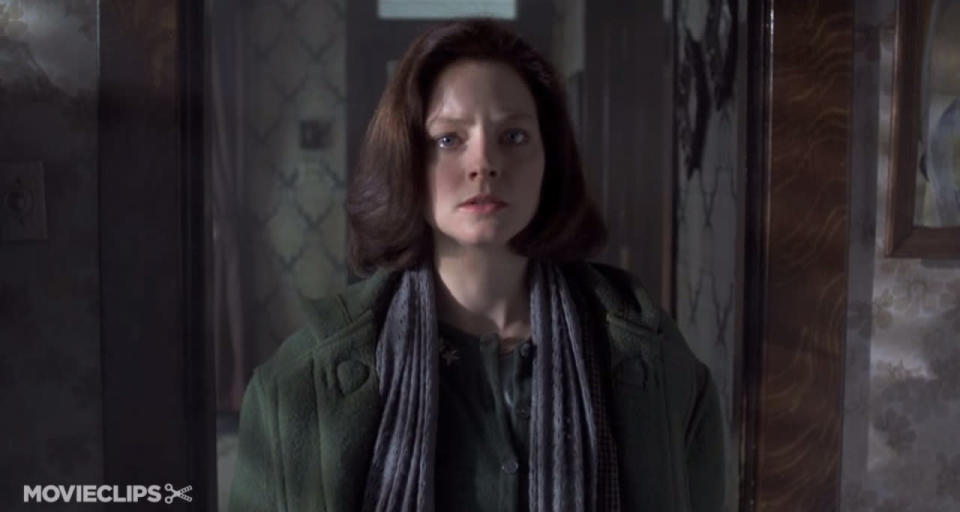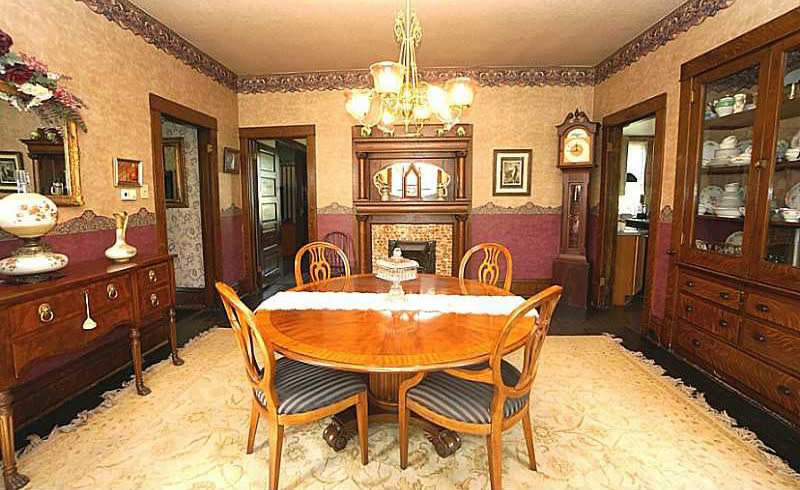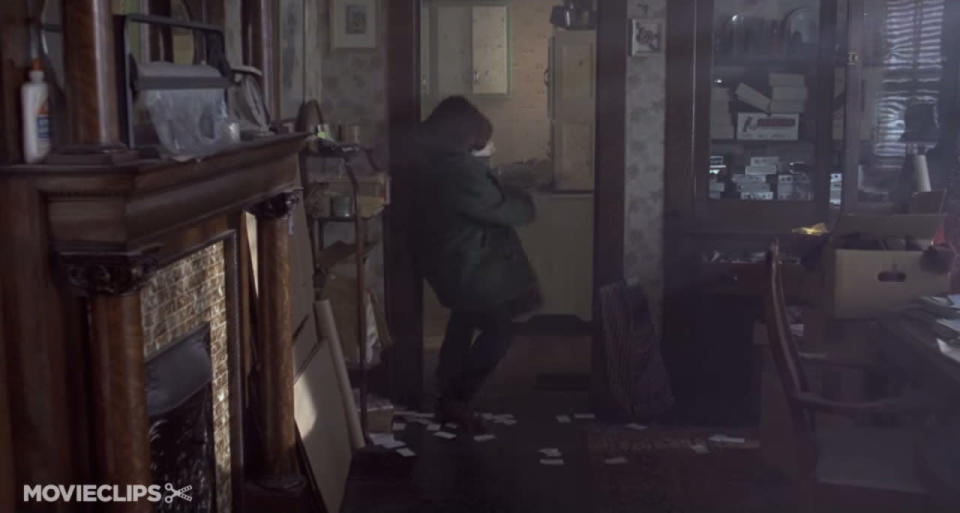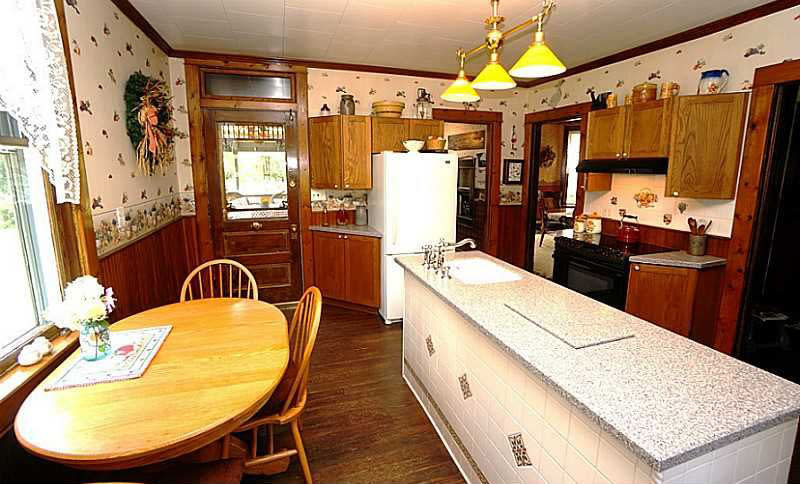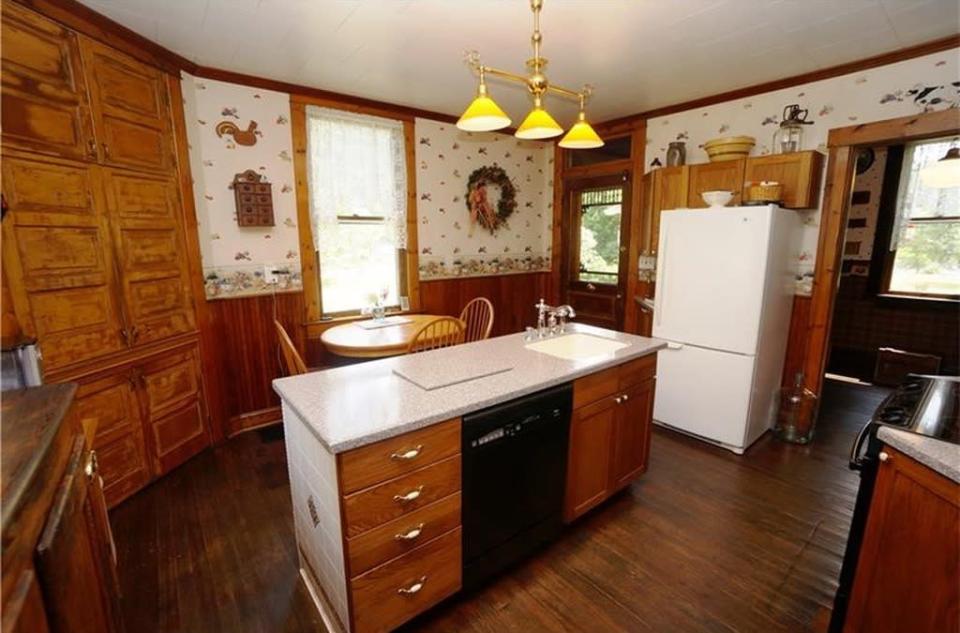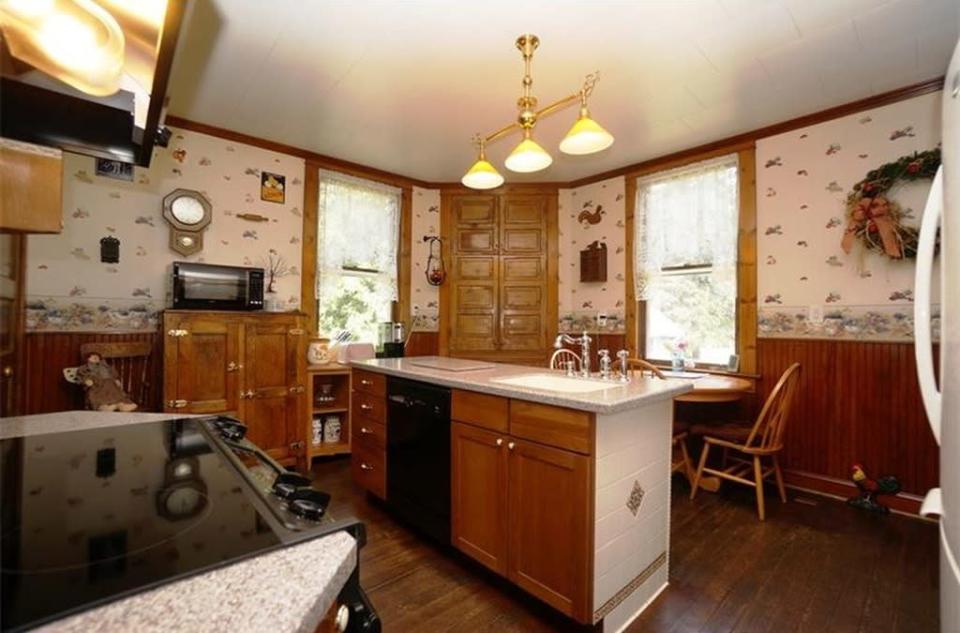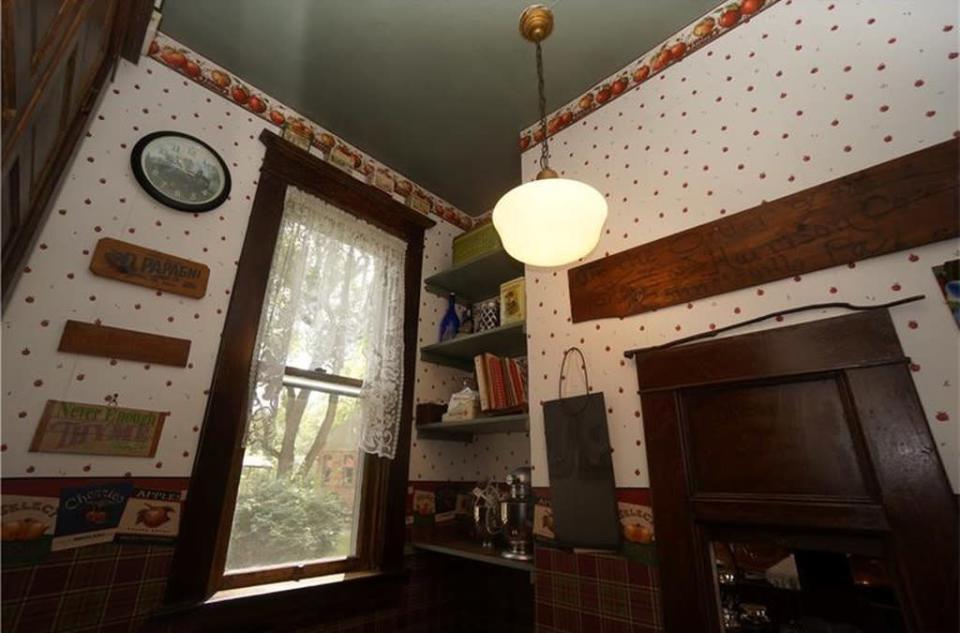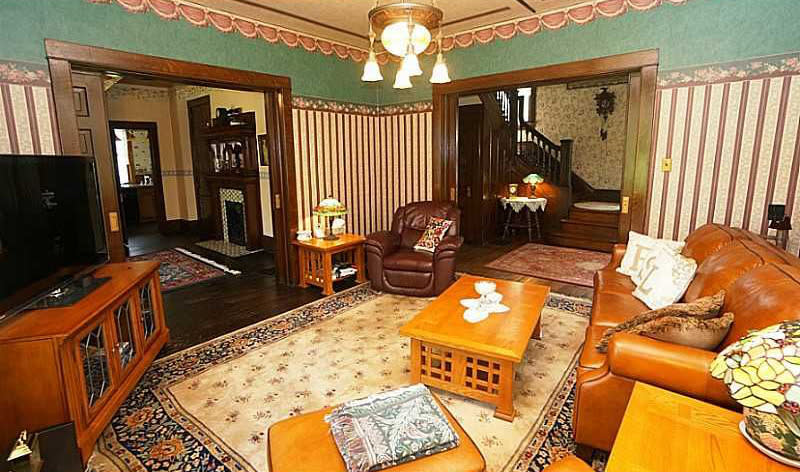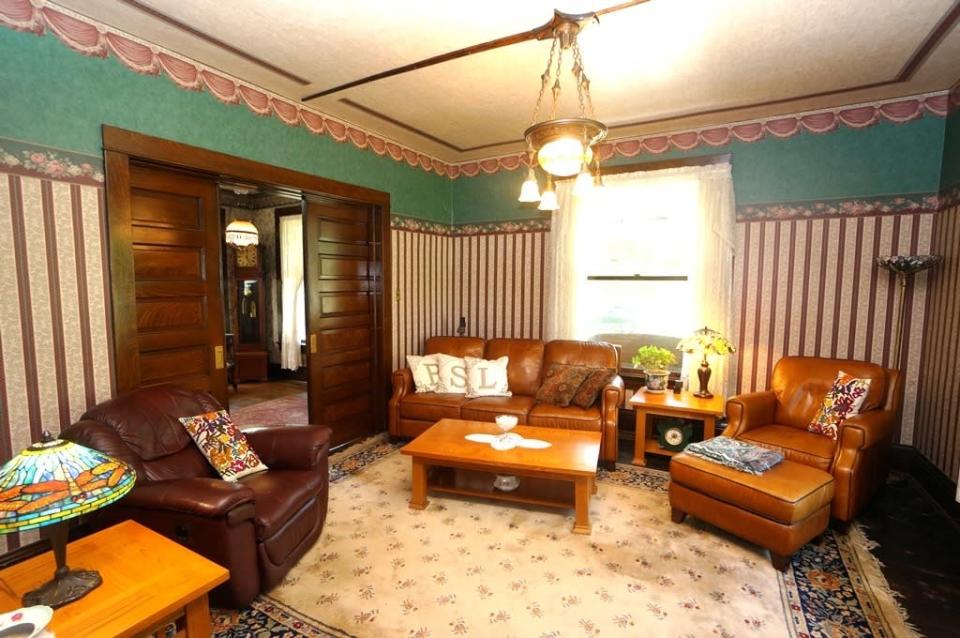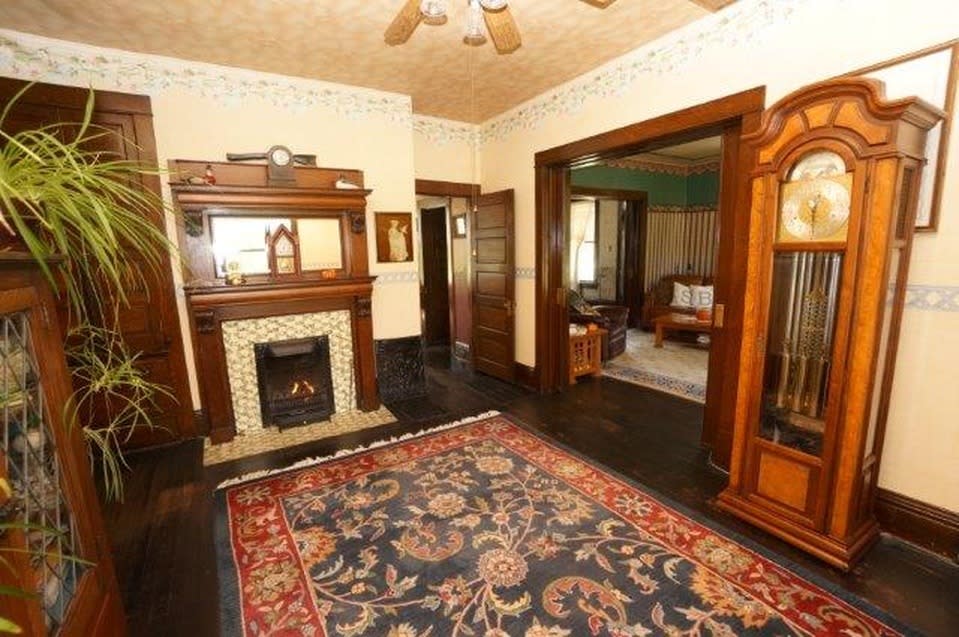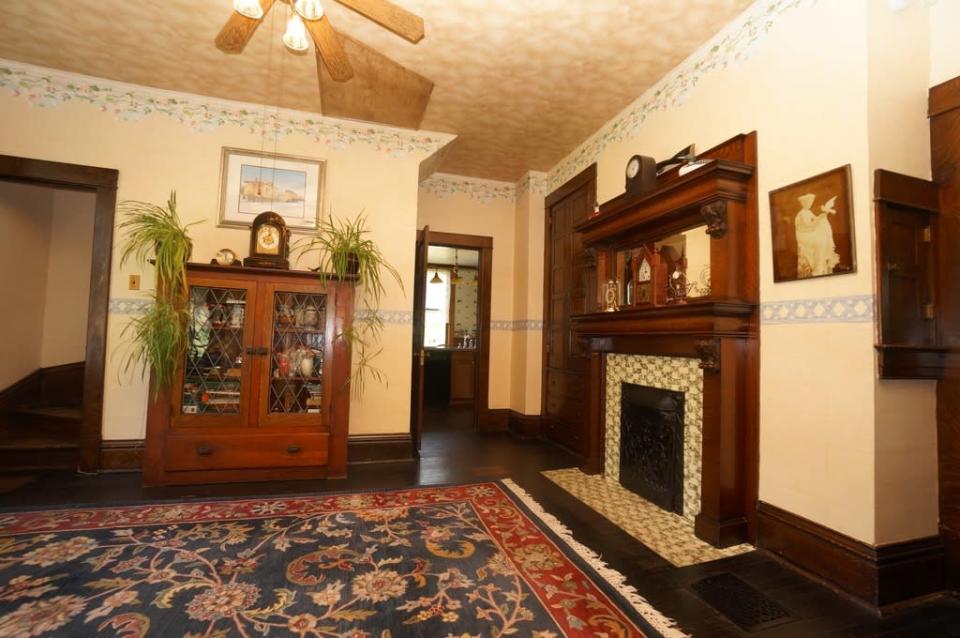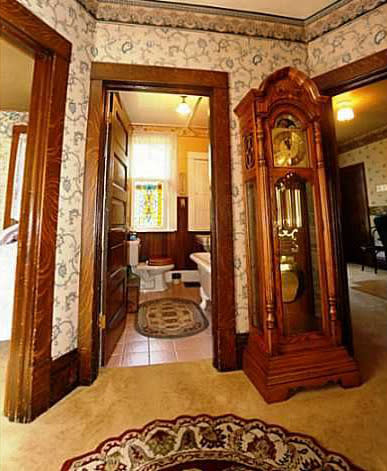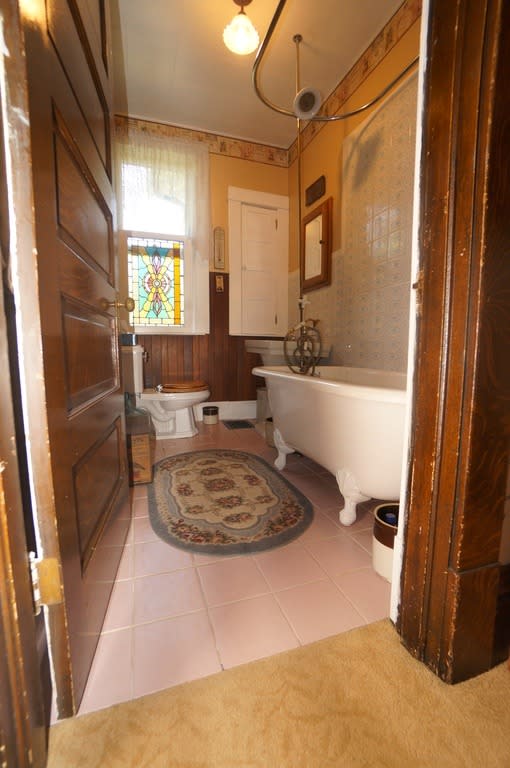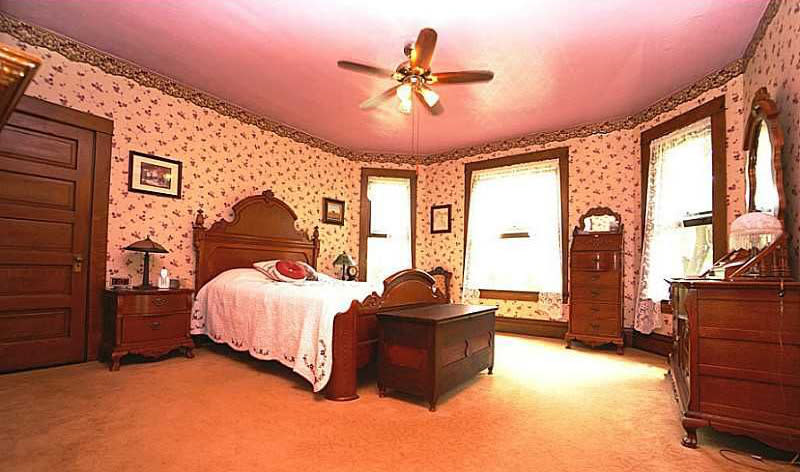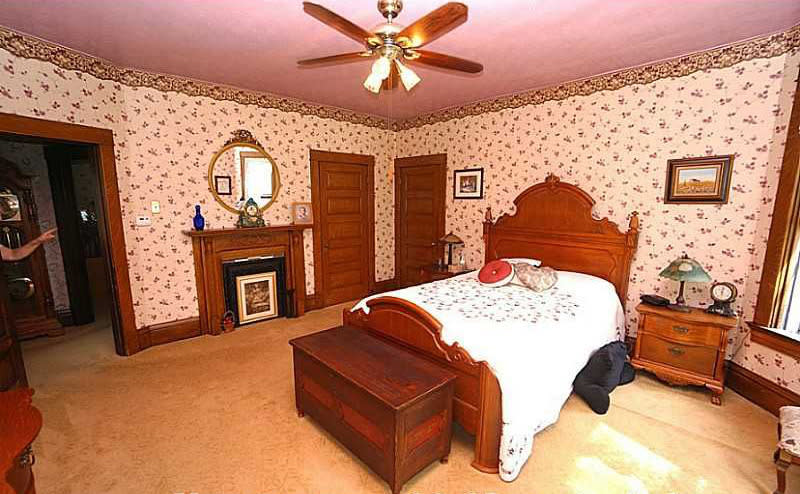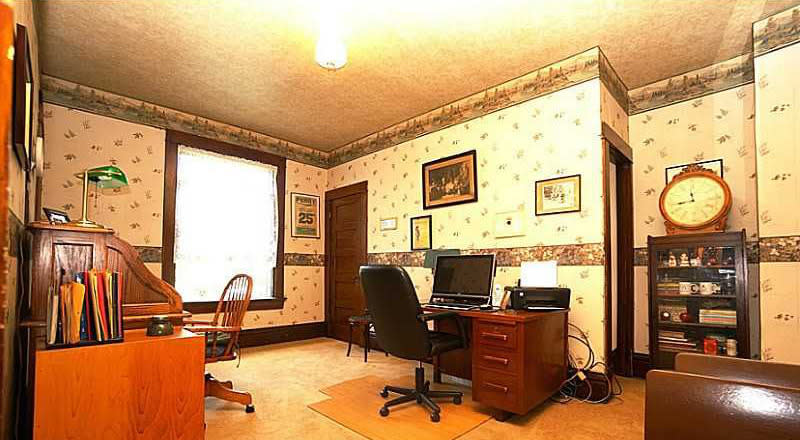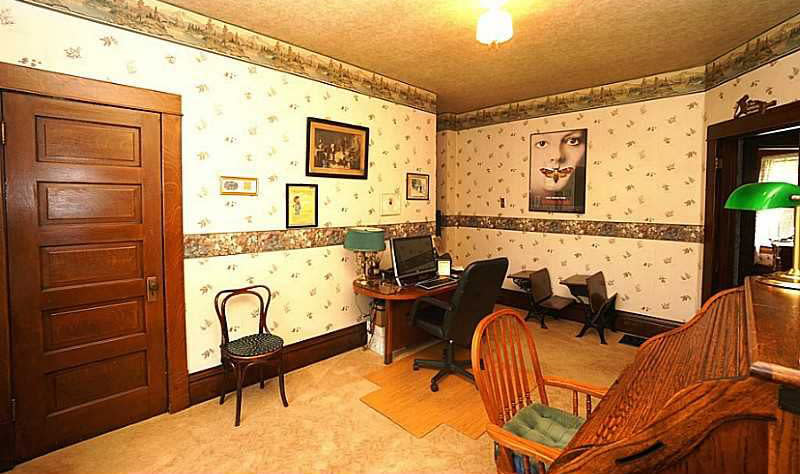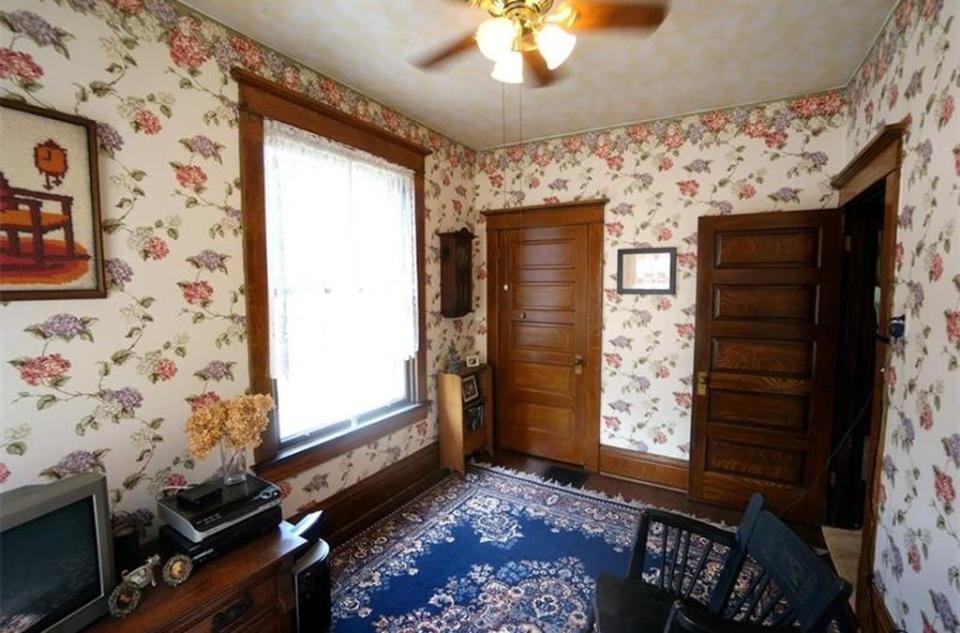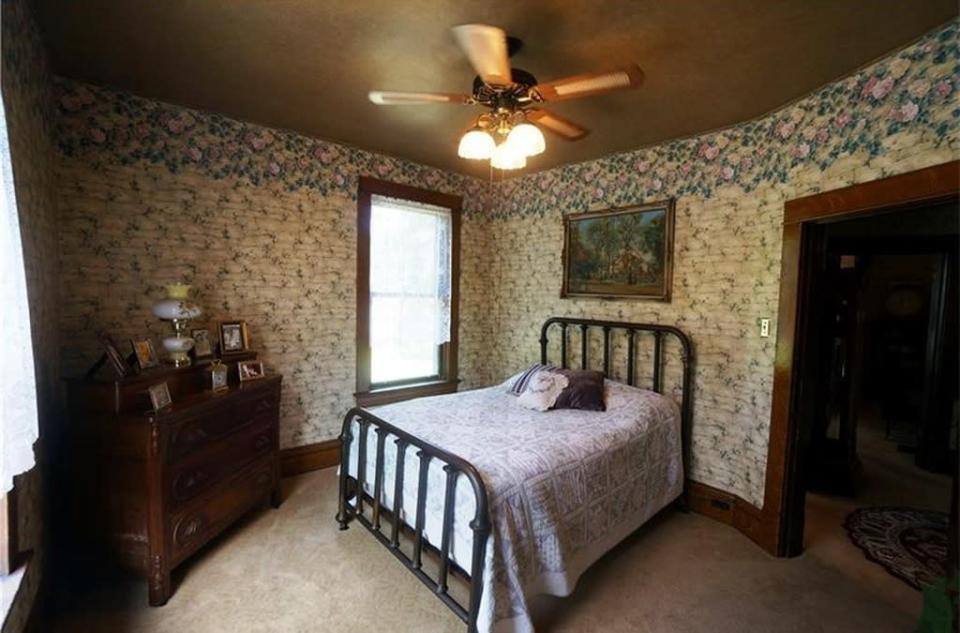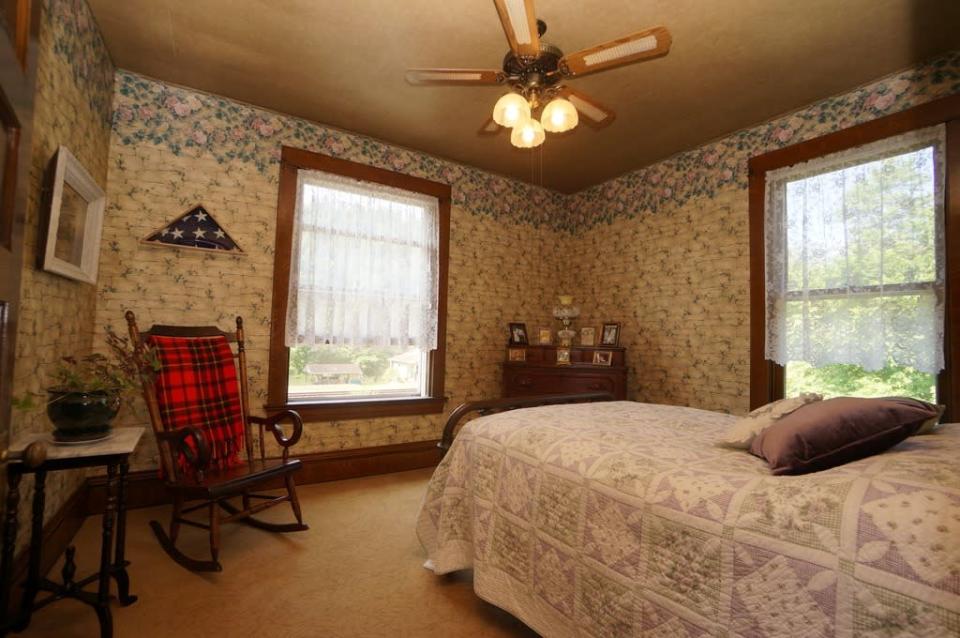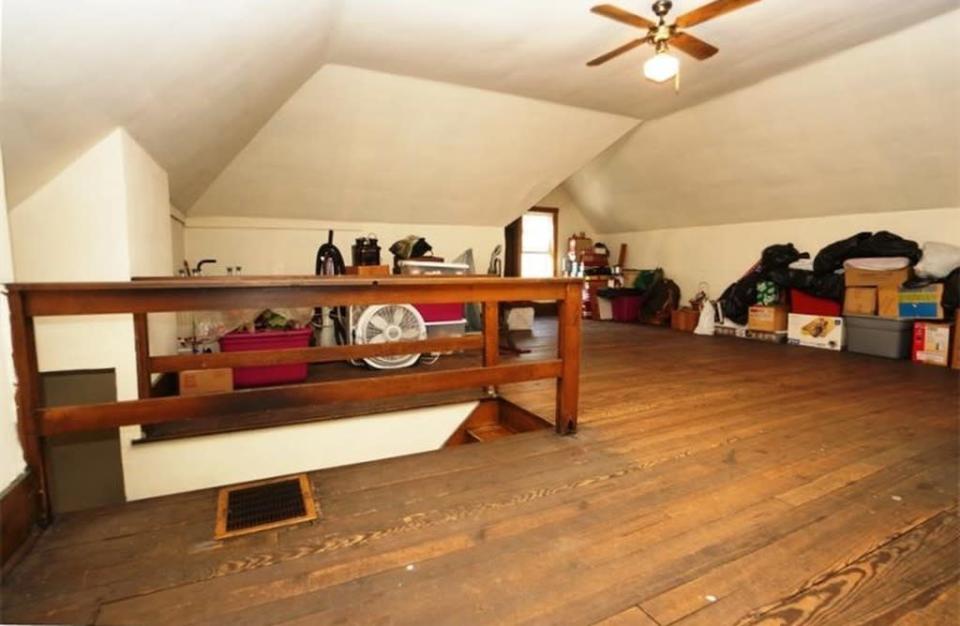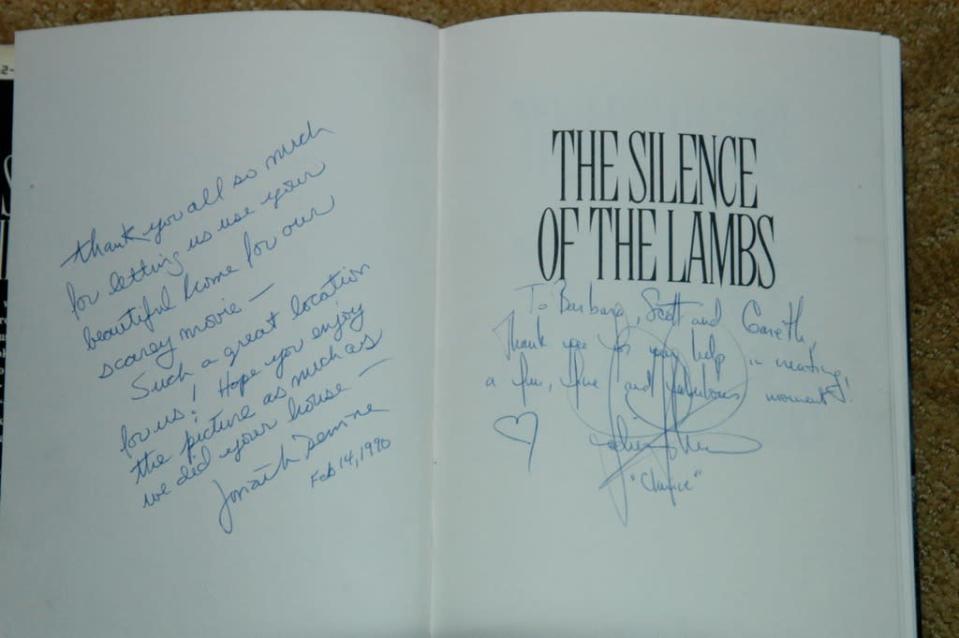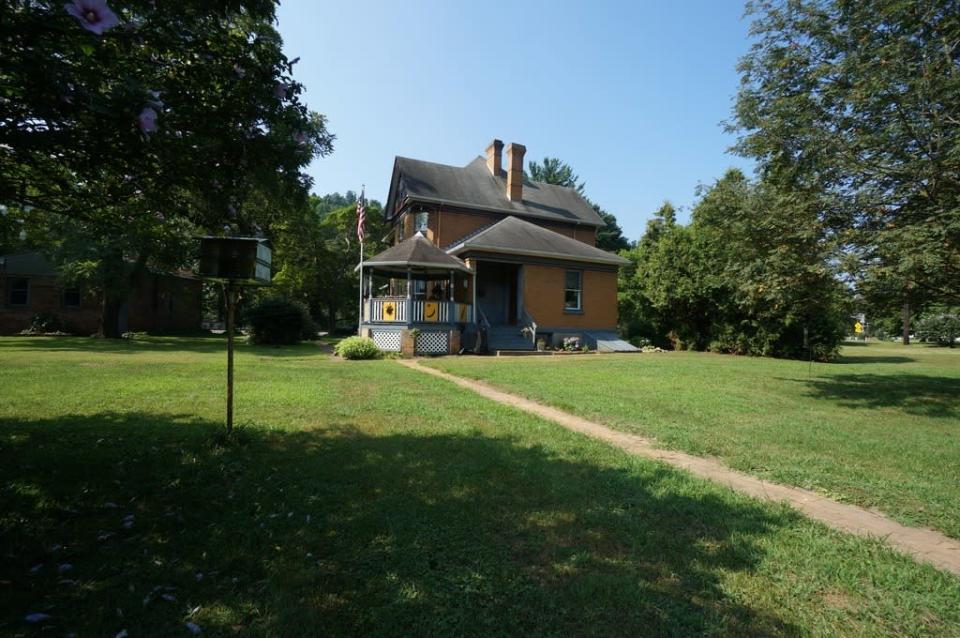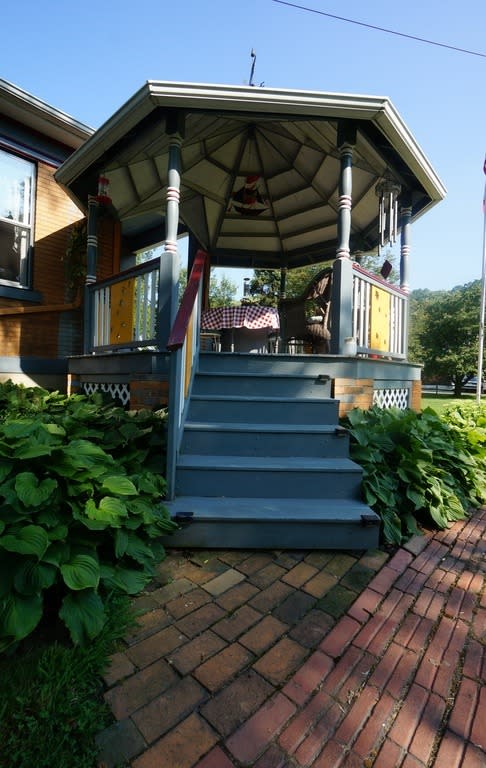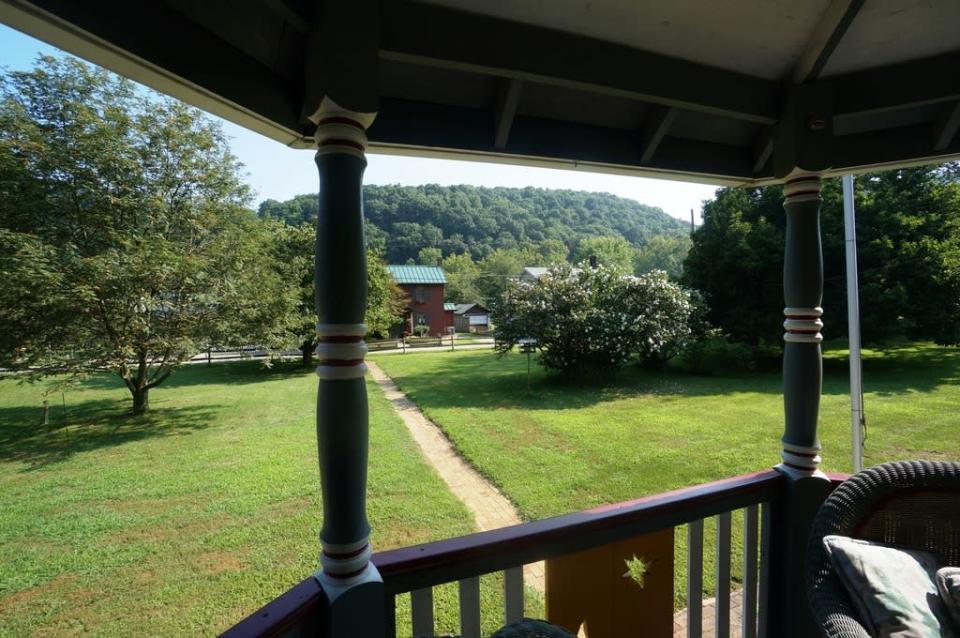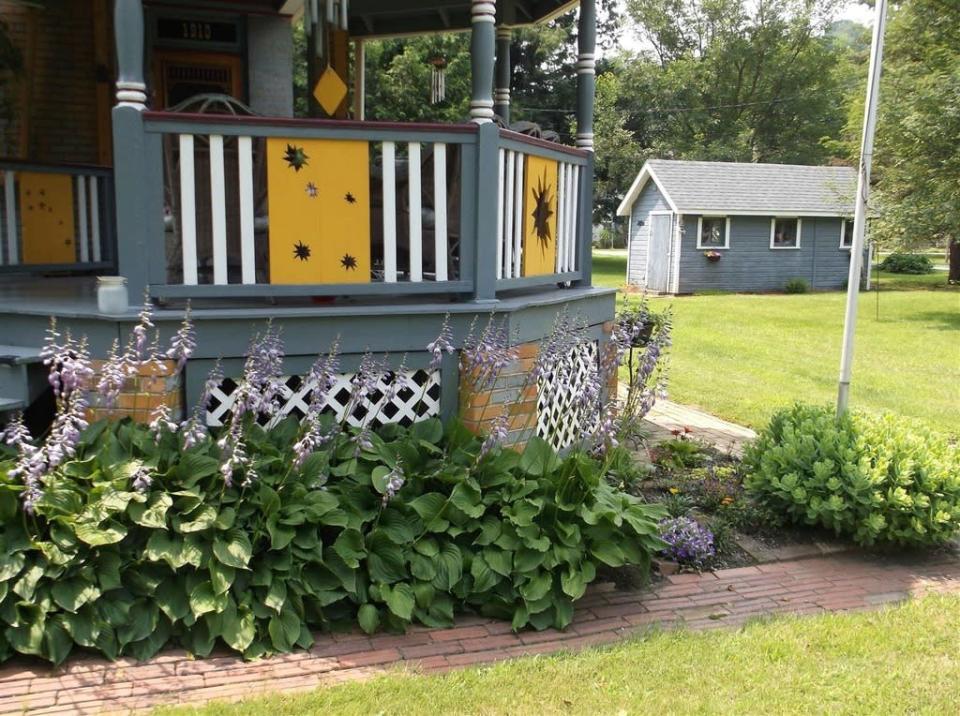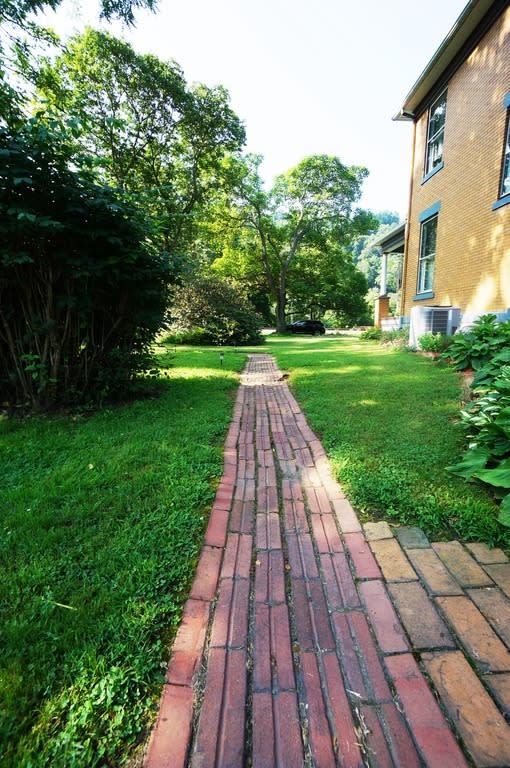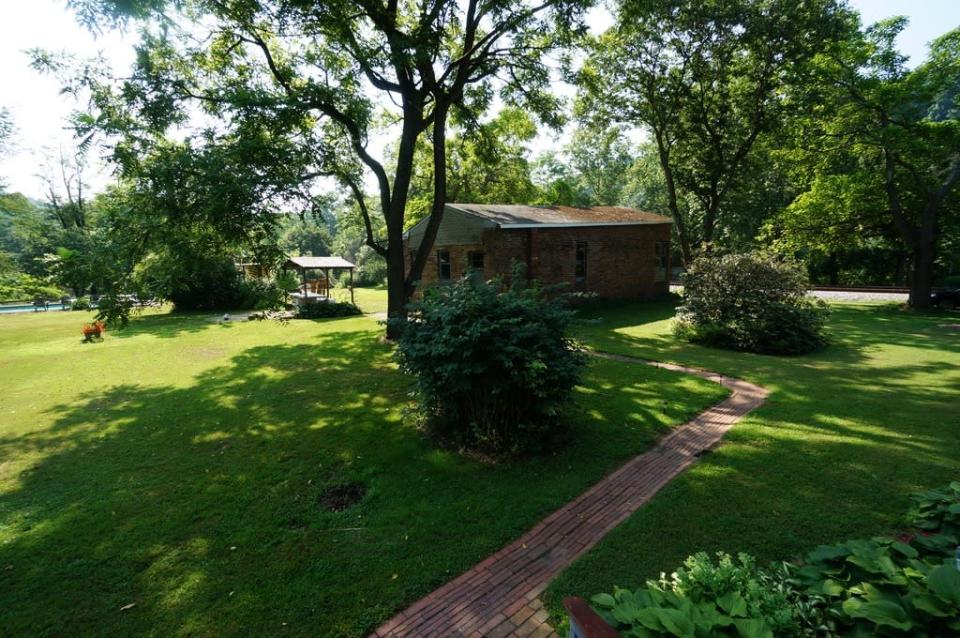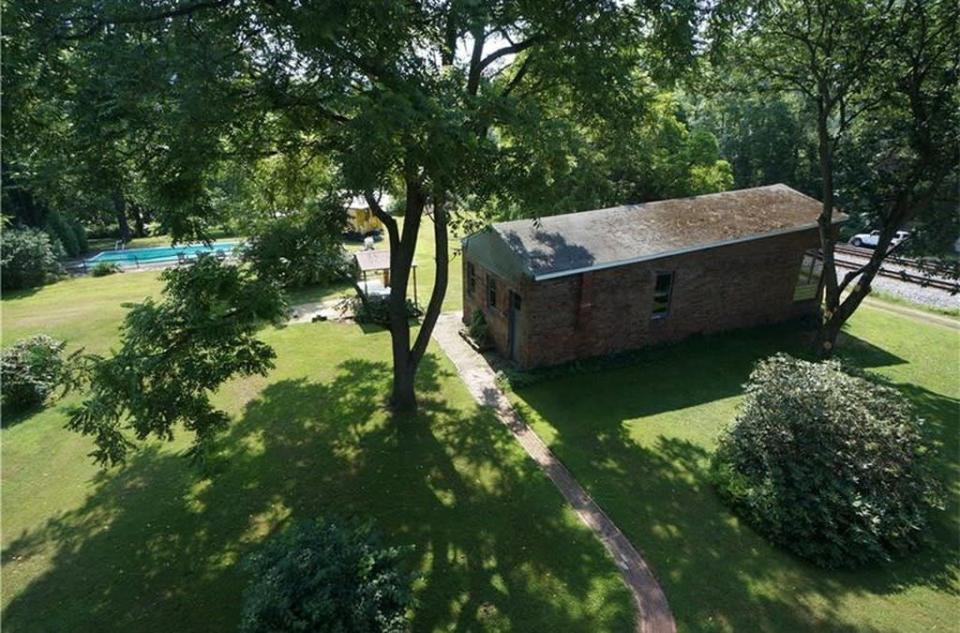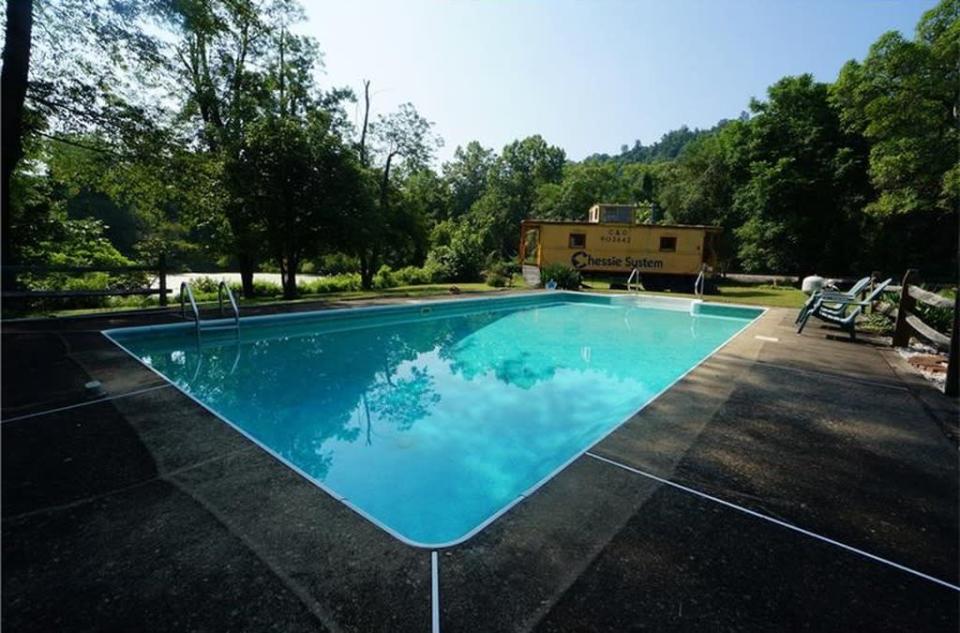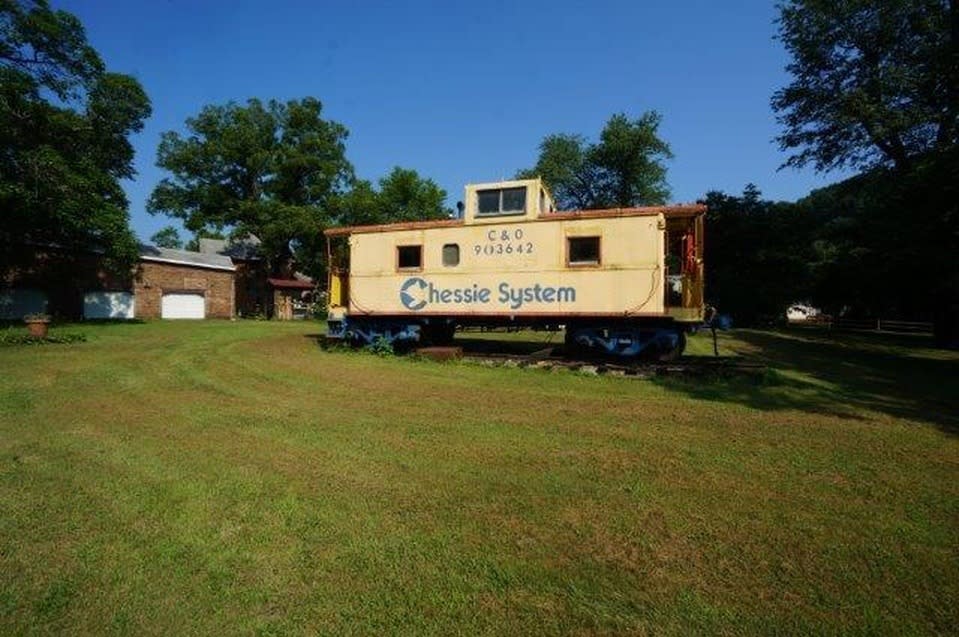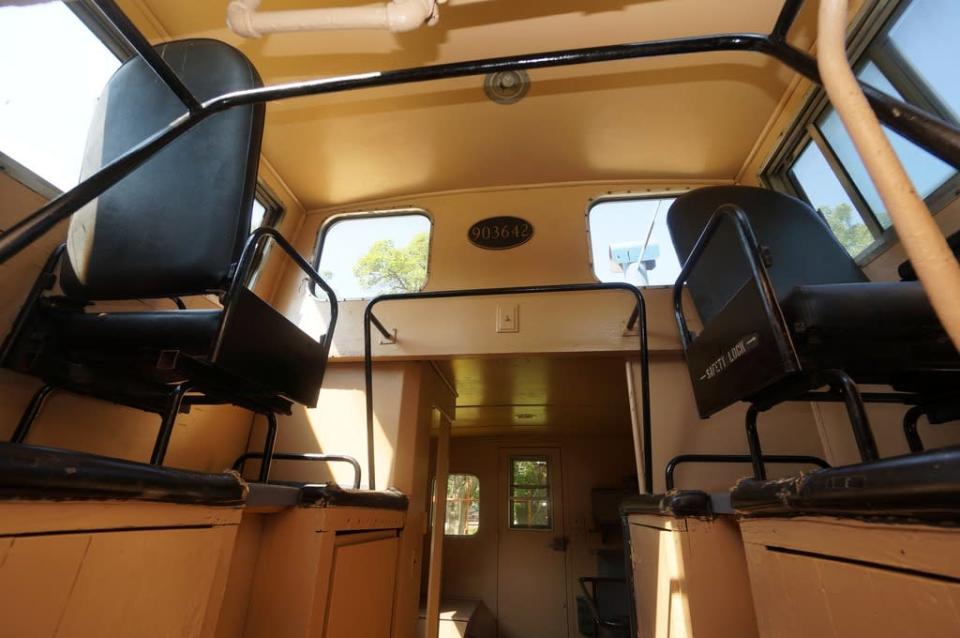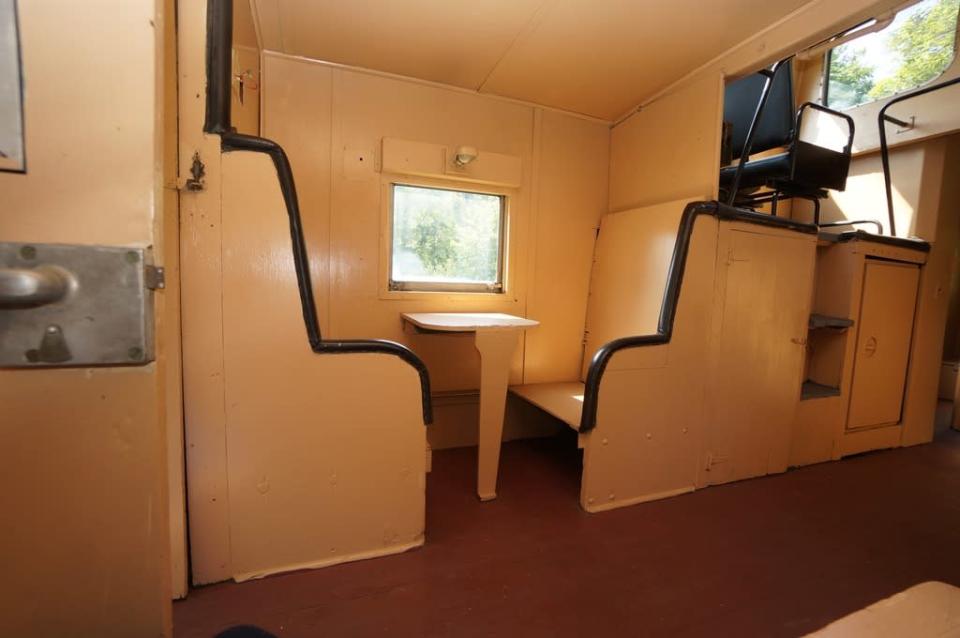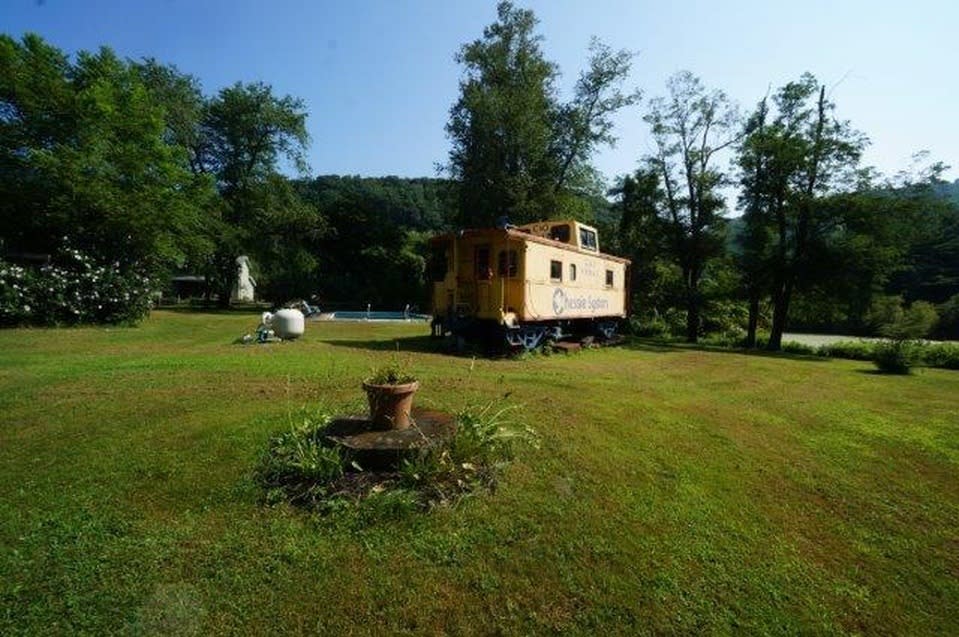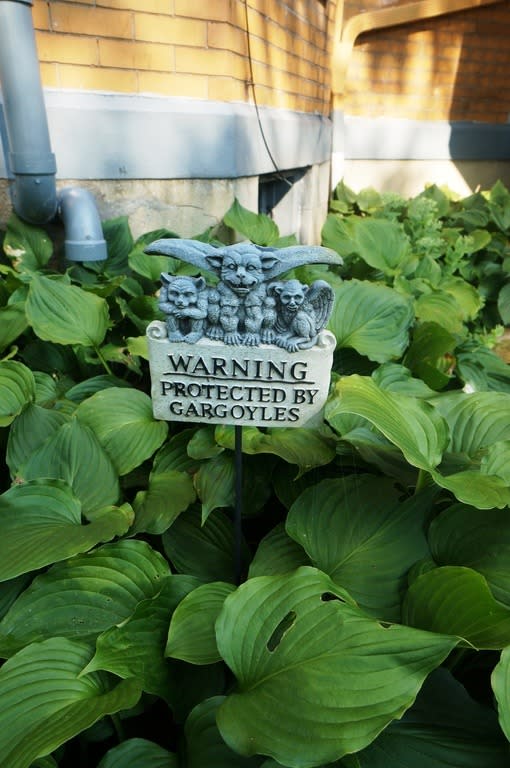PETA Wants ‘Silence of the Lambs’ House for an ‘Empathy Museum’
Animal rights group PETA is exploring the possibility of purchasing the house where world-famous (fictional) animal rights activist Jame Gumb lived in “Silence of the Lambs” — to turn it into an “empathy museum.”
You may well wonder: What’s the animal rights connection? We were able to recall a couple: Devoted dog owner Gumb was distraught when his beloved Precious fell hostage to the predations of Catherine, whom Gumb had confined to his basement pit for a lotion- and starvation-based skin-care regime. And the very title of the movie is drawn from hero Clarice Starling’s childhood impulse to liberate the spring lambs from slaughter.
But People for the Ethical Treatment of Animals cites instead Gumb’s atrocities as the serial killer nicknamed Buffalo Bill (because he took his victims’ hides).
PETA Executive Vice President Tracy Reiman writes to the listing agent, Dianne Wilk: “Given that this is the spot where scenes depicting fictional serial killer Buffalo Bill in ‘The Silence of the Lambs were filmed,’ we’re interested in the possibility of converting the home into an empathy museum for animals abused and killed so that others may wear their skins. … We’re always looking for ways to draw attention to the violence inherent in the production of leather, fur, and other animal skins.”
The house, in Perryopolis, Pennsylvania, outside Pittsburgh, was listed last year at $300,000 but has had a hard time selling. Its price was recently knocked down to $250,000.
Wilk told the Pittsburgh Tribune-Review last year that she could envision the house as a horror-themed B&B, because “people love to be scared.”
The owners, Scott and Barbara Lloyd, have owned the home for decades; in fact, they got married there just a couple of months after buying it in 1977 — in the same picturesque foyer where Gumb would later welcome Clarice. They raised a son there, too, but now they’re downsizing to a home they’re building nearby.
The home is a three-story 1910 Victorian with four bedrooms and one bath in 2,334 square feet — but sorry, no pit in the basement. That was filmed on a soundstage.
There is, however, a backyard vintage caboose that’s used as a pool house.
Here’s PETA’s full proposal letter to Wilk:
“I’m writing on behalf of People for the Ethical Treatment of Animals (PETA) to learn more about the property listed for sale at 8 Circle St. in Layton, Pennsylvania. Given that this is the spot where scenes depicting fictional serial killer Buffalo Bill in 'The Silence of the Lambs’ were filmed, we’re interested in the possibility of converting the home into an empathy museum for animals abused and killed so that others may wear their skins. If there are zoning restrictions in place, we’d be willing to ask the Perryopolis Borough to reconsider.
"You may already be familiar with Buffalo Bill from 'The Silence of the Lambs’: He imprisoned his victims, slaughtered them, and skinned their bodies to create a suit of flesh. Although Buffalo Bill is a fictional character, many victims today undergo similar experiences. Every year, millions of sensitive cattle, minks, rabbits, foxes, crocodiles, snakes, and other animals—including even dogs—are confined to severely crowded spaces and deprived of everything that is natural and important to them before they’re slaughtered for their skins.
"We’re always looking for ways to draw attention to the violence inherent in the production of leather, fur, and other animal skins—which involves processes that would shock all but the most hard-hearted person. Cows are branded with hot irons, have their tails and horns cut off without painkillers, and are hung upside down, skinned, and bled to death for the production of leather gloves, jackets, and boots, and rabbits, minks, foxes, and other animals killed for their fur are beaten, strangled, electrocuted, and often skinned alive for fur coats and collars.
"Turning 'The Silence of the Lambs’ house into an empathy museum for these victims would serve as a way to point out that all animals are made of flesh, blood, and bone, and just like us, they, too, experience fear and suffering and are capable of joy and love. With all the fashionable, comfortable, and warm vegan clothing available today, there’s no excuse for wearing bits and pieces of another individual’s skin. Do you think that the house could be turned into a local museum that inspires visitors to practice compassion with every piece of clothing that they buy? Please let me know your thoughts on this matter. Thank you.
"Sincerely,
"Tracy Reiman
"Executive Vice President”

 Yahoo Autos
Yahoo Autos 